If you’re like me, learning comes from making mistakes. You might break things, injure yourself, and express frustration, but through perseverance, you eventually discern what is effective and what isn’t. Occasionally, there’s glory in this process, but often, it’s a costly and painful way to learn.
This post aims to save you from some of that financial strain and the dents to your pride, or at least offer insight into what is expected on the trail and how you can emerge more informed and wiser.
My love for off-roading takes me through old mining trails and historical sites, to the peaks of breathtaking mountains. Whether your adventure involves mudding, wheeling, or simply tearing up farm and utility trails, I hope this contributes to an exhilarating experience and the joy of pursuing your passion.
Off-road driving safety tips
There are a few “must-haves” before you head out on the trails. Check out our essential safety items for off road driving. Items such as gloves, flashlight, food, water & snacks are crucial. Things will break, wheels will get stuck, it will get dark on you, and you want to be ready, and with these essentials, you will have the tools to conquer those trails.
Preparing for your OFF-ROAD adventure
Preparation is crucial for a successful outing. Before setting off, conduct a thorough inspection of your vehicle. Pilots refer to this as the walk-around, and adopting this practice fosters a robust culture of safety. Just as you wouldn’t want a malfunction while flying, the same applies when traversing a summit – it’s essential to trust and be familiar with your equipment. Therefore, make it a routine to perform a walk-around before you embark on the trails.
Check your fluids
Ensure your radiator levels are adequate. Off-roading in a 4×4 can exert significant stress on your engine, necessitating proper coolant levels. The coolant should be mixed correctly, with seasonal variations taken into account based on your location. Adhere to the guidelines provided by your vehicle’s manufacturer in the owner’s manual.
Verify and refill your windshield washer fluid. While dirty windows may indicate a fun time on the trails, visibility is paramount. Also, check that your windshield wiper blades are in good condition.
Inspect your oil level. Certain vehicles are known for oil consumption. Top it off if needed. Should an oil change be due, it’s advisable to have it completed before embarking on extended journeys. Follow your owner’s manual for oil change intervals. Some Jeeps are known to start burning/leaking oil around 60k miles because of faulty oil coolers. The last thing you want to do on the trail is burn your motor out!
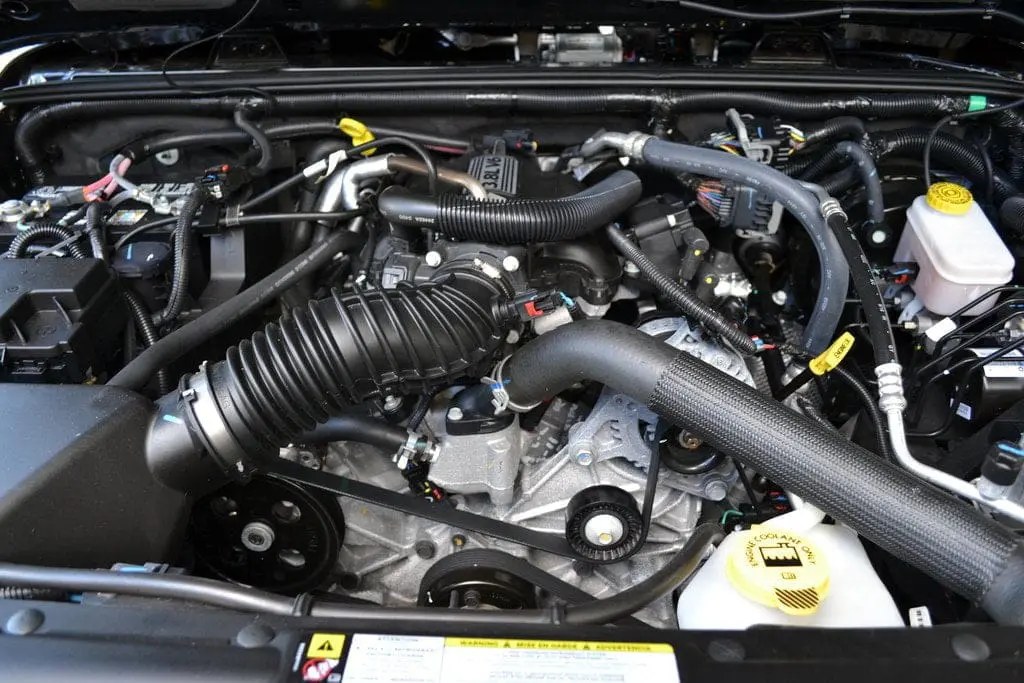
- Check Oil – verify it’s at the right level and doesn’t look dirty.
- Inspect Coolant Levels – should be up to a marked level.
- Windshield wiper fluid – top off and make sure it’s full.
- Verify No leaks, broken hoses, spills, or oil spots.
Inspect your vehicle
Inspect your vehicle thoroughly. Ensure everything is secure, without fluid leaks, and firmly fastened.
Examine your tires to confirm they are inflated to the recommended level for your trails. If you choose, reduce tire pressure while on the trail or crawling, but always re-inflate afterwards. Driving on highways with low tire pressure is unsafe.
Before driving to your destination, check that your sway bar disconnects or quick disconnects are engaged and secure. You may disconnect these at your off-roading site as needed, but always reconnect them before returning to highway speeds.
Verify that all headlights and taillights are operational and properly aligned.
Consistent maintenance is crucial. Continually service your vehicle as specified in the owner’s manual, which is often found untouched in your glove box.
Plan for safety.
Ensure that all seats, seatbelts, restraints, and safety devices are in working order. When removing your doors, always check that everyone is buckled up before starting to drive. Additionally, if you’re driving without doors or a roof, it’s crucial that all passengers have adequate protection against the wind and sun, including eye and ear protection, sunscreen, and insect repellent.
Gearing up
For many enthusiasts, gearing up is the essence of off-road driving. This means installing 50″ light bars, replacing factory tires with 35″ mud-terrain ones, and customizing your vehicle to reflect your personality. While it’s exciting to gear up, remember that a stock 4×4 is often already capable. Unless you’re planning on extreme rock crawling or tackling challenging trails, it’s wise to familiarize yourself with your vehicle’s baseline abilities before upgrading just for the sake of it. Enjoy the ride and savor the anticipation of future enhancements.
Great 4×4 Upgrades
Lightbars & addon lights – If you do lots of early mornings or late arrivals – that light bar may be a wise investment. Just remember they can be noisy if you use your vehicle on the road at highway speeds. These will help you illuminate the way and provide additional safety while out in the evening hours.
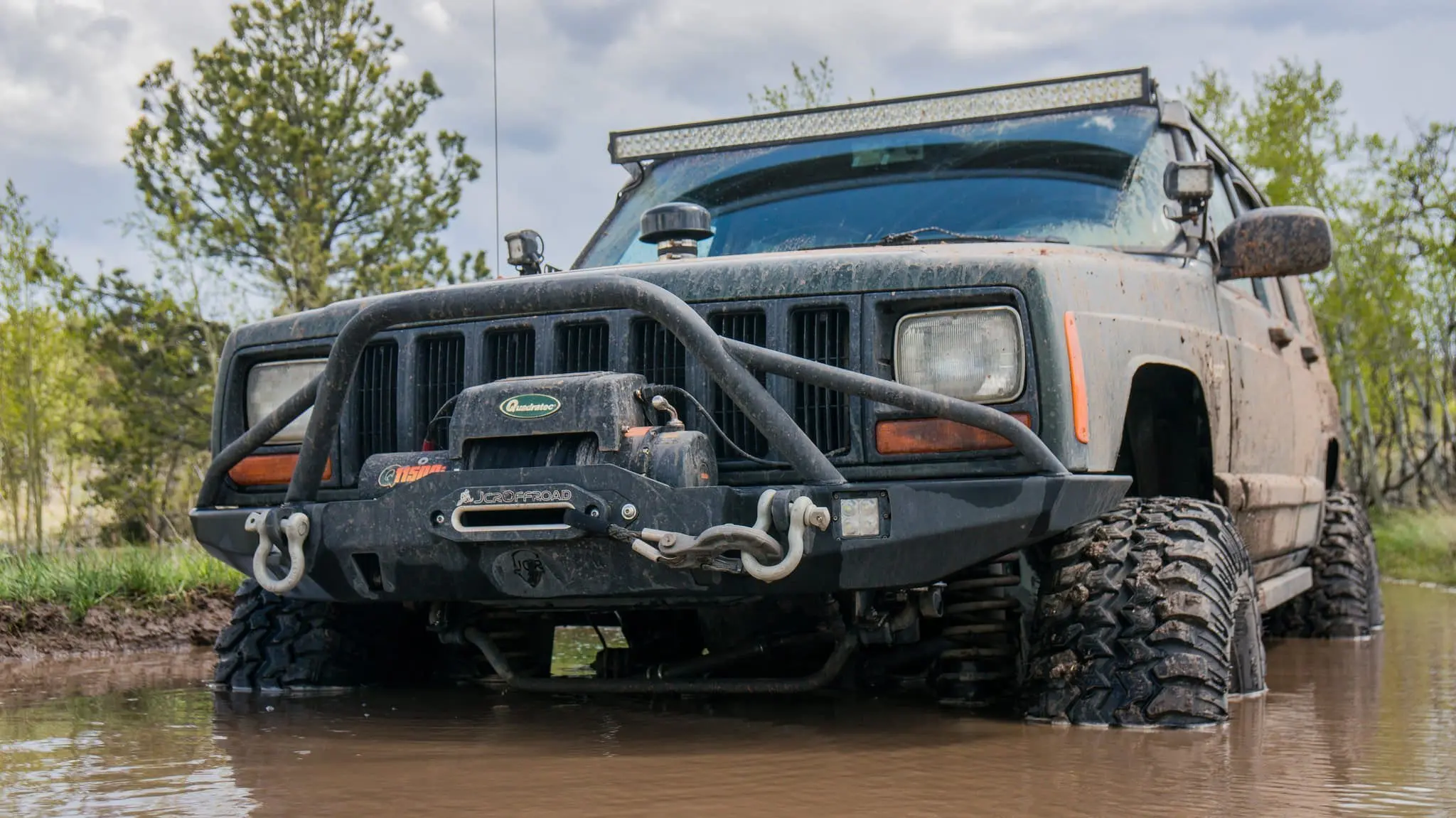
Mud Tires, All-terrain tires, hybrid tires – If you’re looking for some help on choosing the best offroad tires, check out our off road tire guide – it’s focused on Jeep but applies (almost) universally to any vehicle. Moving up to 33″ or larger tires can open a world of opportunity for rock crawling or adventurous trail riding. The added clearance helps your vehicle climb over obstacles, and specific tire designs can help improve traction and control based on your mission.
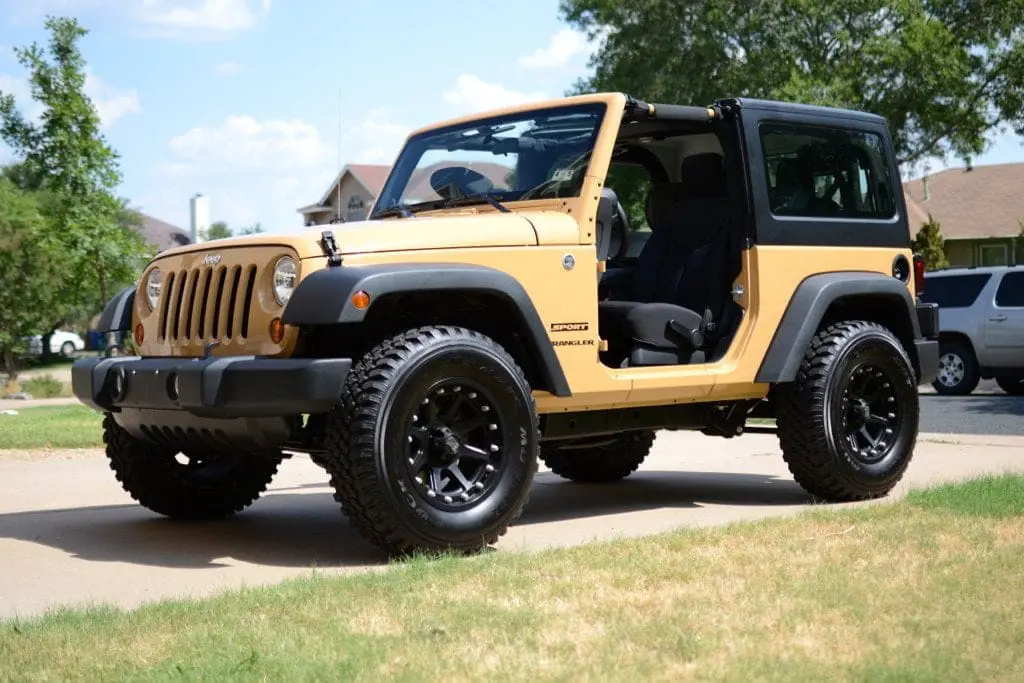
Skid plates & body armor – If your adventure includes rock crawling or driving over extremely rough terrain, why don’t you check out our in-depth article on steel vs. aluminum skid plates – Skid plates are protective armor installed to help protect critical components and help you keep you on the trails or climbing those rocks.
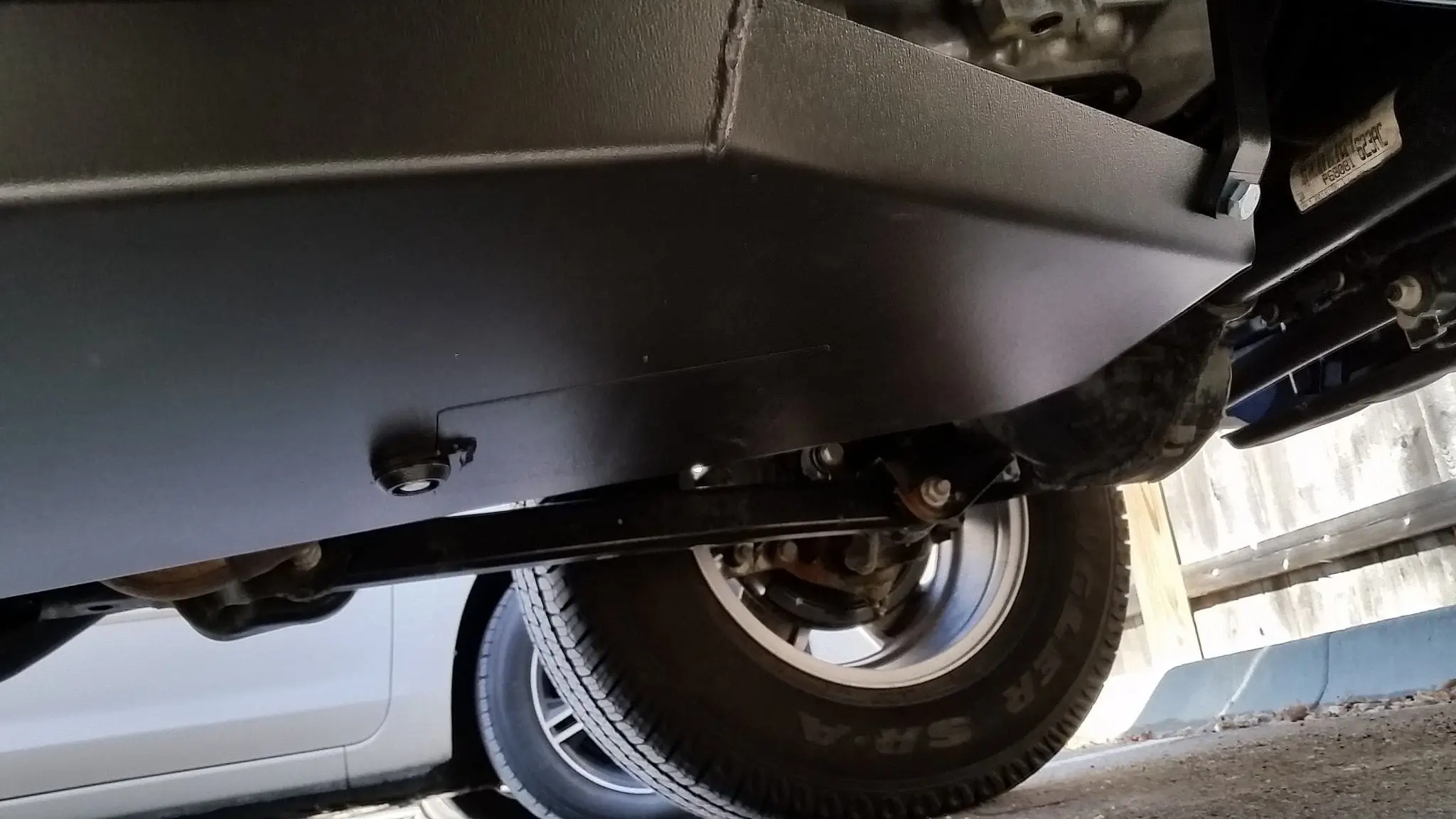
Gear yourself up
While your attention might be on the trail or your vehicle, remember to consider your own needs and those of your passengers. Opt for comfortable footwear; in a worst-case scenario, you might need to walk to find assistance. Dress appropriately for the weather and the activity – when venturing into alpine regions, be prepared for all four seasons at any time of year; conditions can swiftly change from cold and rainy to snowy, or from windy to dry.
Off Road Trail and wheeling tips
These simple off-road driving tips may save your skin or make the difference between a miserable day at the trails and having a blast.
Buddy System
It’s advisable to drive with a companion whenever possible. Having someone with you means assistance is at hand if you get stranded, and you’re not alone in case of emergencies. When I say drive with a friend, I’m not referring to just having someone in the passenger seat; rather, consider traveling with a convoy. This is particularly safer for trips through mountains or deserts where having multiple vehicles is beneficial. A companion equipped with a winch, tow strap, or hi-lift jack is invaluable, and if you possess these tools, you’ll be an invaluable asset to your group as well.
Drive within your comfort zone
Avoid doing things that make you uncomfortable. No matter how new, luxurious, or well-equipped your jeep, truck, or off-road vehicle may be, its performance is only as good as the driver’s skills. Gain some experience first and don’t rely on your vehicle to magically conquer trails. Having a friend who is familiar with the trails or can assist in spotting your line is crucial for staying within your comfort zone.
Have a co-pilot
Your co-pilot serves as your spotter, navigator, DJ, beverage fetcher, and an all-around superstar assistant. This individual helps you maintain focus on the trail or road. They are the ones who step out in challenging situations to guide you, ensuring you find the safest and most optimal route. Additionally, they excel at selecting music, navigating, and capturing photos, allowing you to concentrate on driving and ensuring the safety of all passengers and nearby individuals.
Find your line
Your line is an imaginary path that guides your wheels – where you intend them to go, where they need to travel, and where your vehicle clearance must be. Your co-pilot excels at stepping out to help you see the unseen. Simple hand signals and clear communication are key to maintaining this line. Remember, we’re all human, and when you’re maneuvering thousands of pounds on unmaintained roads or volunteer-maintained trails, unexpected events will occur. Stop, take a breath, reassess, communicate, and try again. Don’t adhere to a line at all costs; it’s wiser to reverse, attempt a new approach, and reassess as necessary.
Water Crossing
Be mindful of all water crossings, especially in areas where streams originate from snowfall. The optimal time to cross is early morning, as streams can swell with snowmelt under the afternoon sun, potentially becoming impassable later in the day. A successful morning crossing does not ensure a safe return in the afternoon.
If the depth of a water crossing is unknown, consider “walking the crossing” with a pole or stick for balance and to gauge the terrain ahead. Ensure that any water crossing is safe, with manageable entry and exit points to prevent flooding your vehicle or being swept away. Be cautious of banks during your approach, as they can cause the front end of your vehicle to dip. If your vehicle is equipped with a snorkel, keep it above the waterline at all times.
Be Flexible
Be aware that things may break, the weather can change, and routes or trails may close, leading to unexpected changes in plans. It’s crucial to remain adaptable and avoid pushing yourself into unsafe actions. For instance, if you’re driving a rental Jeep on the alpine loop and risk a late fee, it’s better to call and inform about your delay than to rush and risk safety.
Should you get stuck on a trail or struggle to progress, consider reassessing the situation. Find a safe spot to regroup and discuss with your friend and co-pilot whether to continue, try a different path, or turn back. Safety and flexibility are paramount, and it’s preferable to stay within your comfort zone rather than make consecutive errors that could spoil your adventure or lead to worse outcomes.
Ultimately, you might need to invest in that desired upgrade before tackling the trail successfully. Recognizing this need before incurring costly damage is valuable, allowing you to plan your upgrades without being forced to spend on unwanted repairs.
Rules of the trail.
In reality, these are not so much “rules of trail driving” as they are guidelines for off-road etiquette. They encompass practical, intelligent, and safe off-roading techniques to ensure that everyone has fun and enjoys their experience.
Most clubs, private properties, and trail guides endorse these straightforward off-road driving principles:
- Yield to traffic driving uphill, they have the right of way.
- If you pull over to take photos, take a break or for any reason need to stop, make sure you find a place that is safe to pull over and won’t obstruct traffic or cause safety concerns for other vehicles or passengers.
- When you park, be sure to use your parking brake. Do not rely on your automatic transmission or first gear to keep your vehicle from rolling away.
- If you’re on single track roads and see traffic coming up, try and find a safe spot to allow opposing traffic to pass safely. Uphill traffic has the right-of-way.
We’re a firm believer in treading lightly.
- Stay on marked trails – don’t veer off and make new trails. Volunteers and OHV organizations maintain many of these trails and they often cross preserved and protected lands.
- Stay away from wild animals – give them space and respect their natural habitat.
- Do not drive in designated wilderness areas – these are preserved habitats for a reason.
- Get permission from private landowners before entering private property.
- Pack it in, pack it out. Whatever you bring with you, make sure it leaves with you.
- Obey closures and posted signs. These aren’t temptations to be driven around or ignored.
Did you know?
Roads in National Parks, those maintained by the US Forest Service, and BLM roads are typically numbered, indicating that registered vehicles and licensed drivers are necessary.
These numbered roads often imply that your auto insurance might provide coverage for liability, as well as damage or loss incurred on these roads and trails.
When driving on private ranches or club trails, it’s advisable to verify with your insurance provider to ensure that your policy, or the club’s policy, extends coverage to your vehicle for any potential losses.
It is always wise to consult with your insurance company to fully comprehend your coverage and explore any available premium options for off-roading activities.
Have fun!
All said and done; we hope you have a safe and exciting off-road experience. If you have any comments or suggestions about off road driving, please comment below!

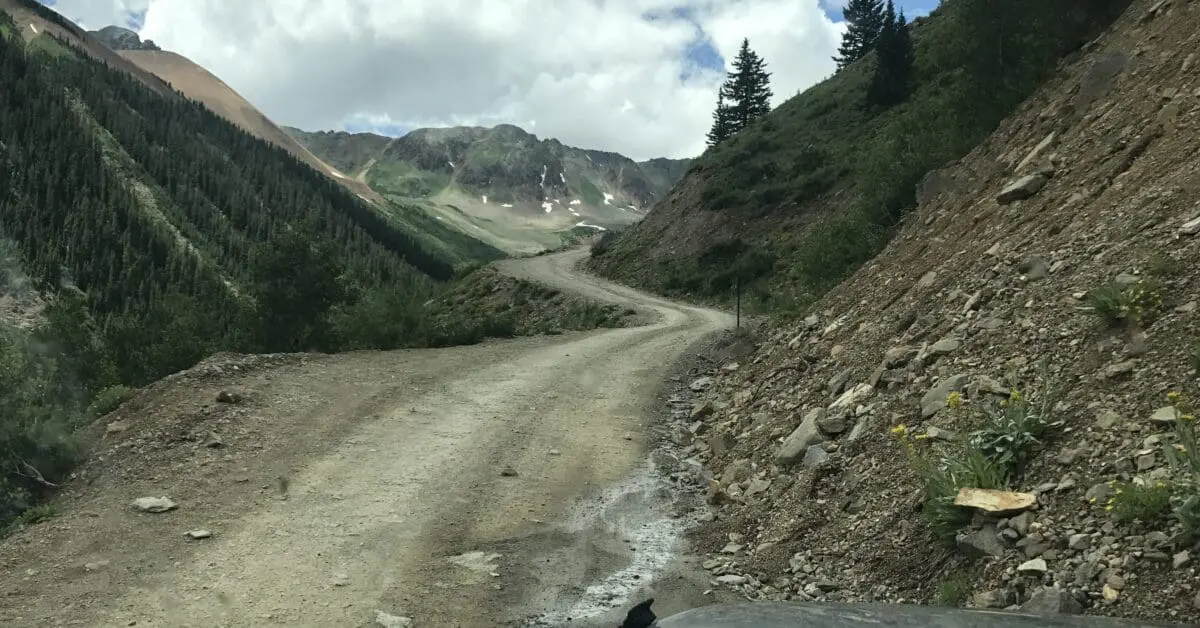
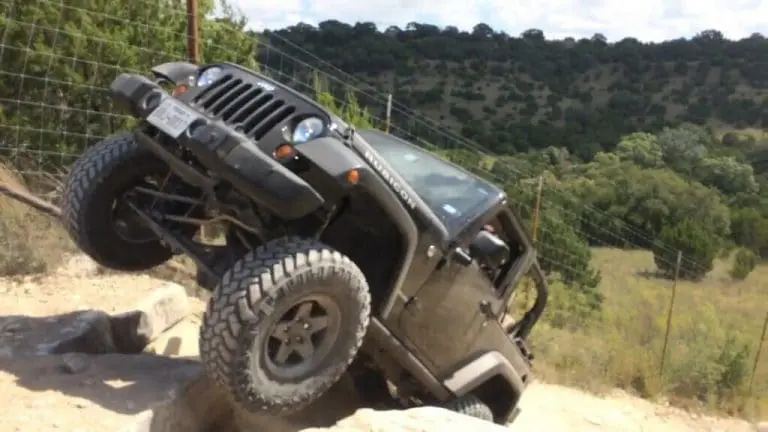
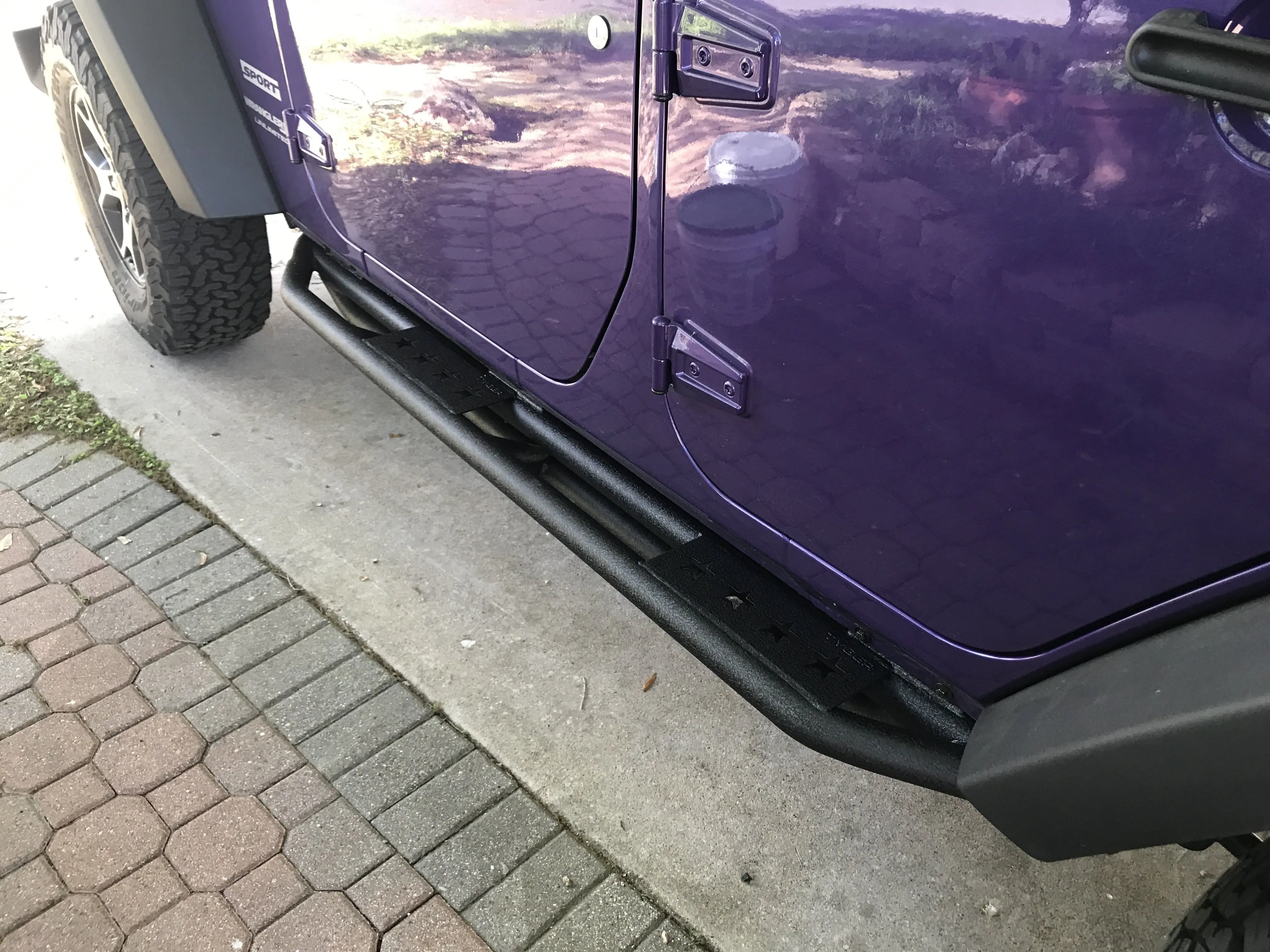
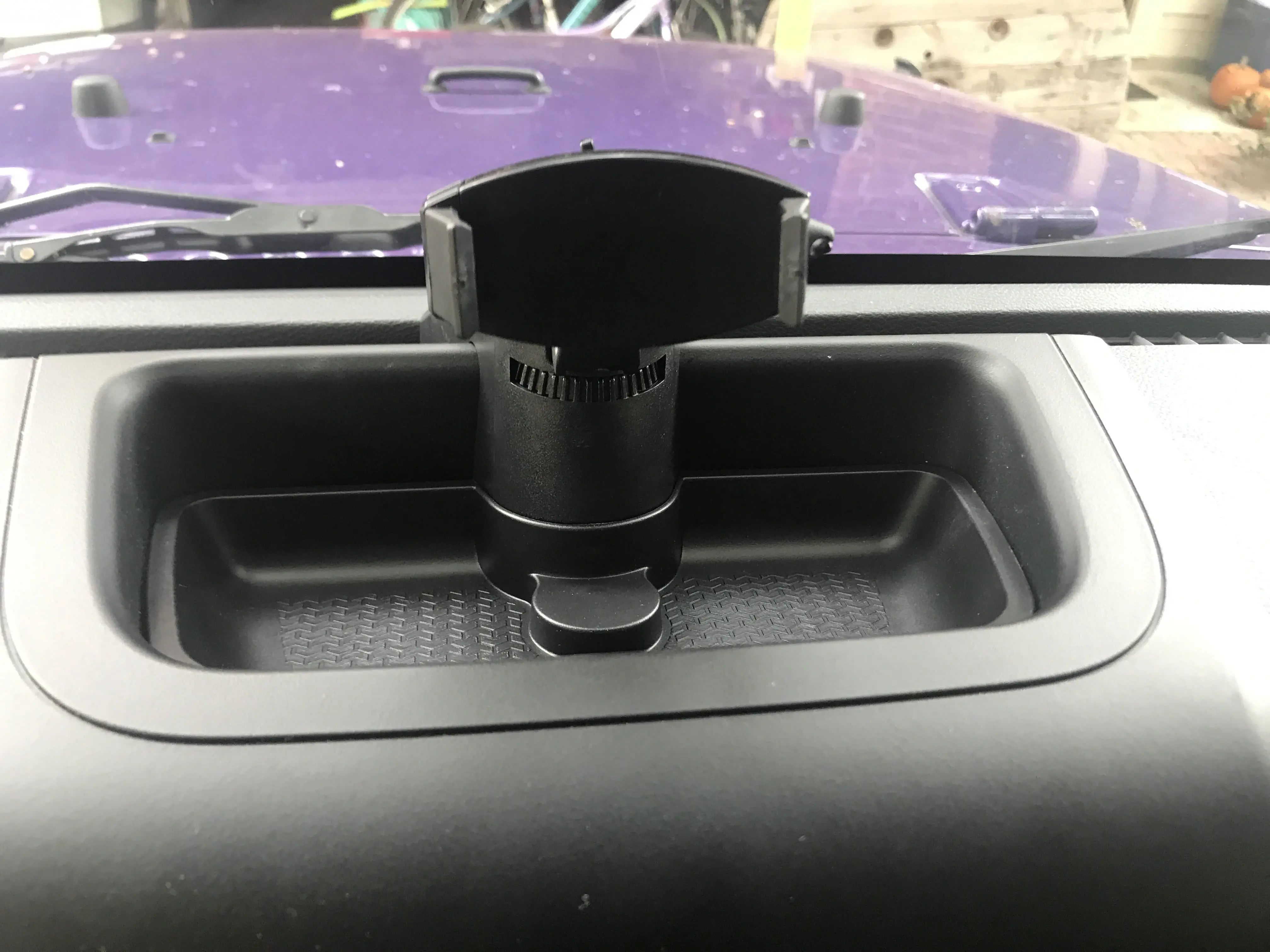
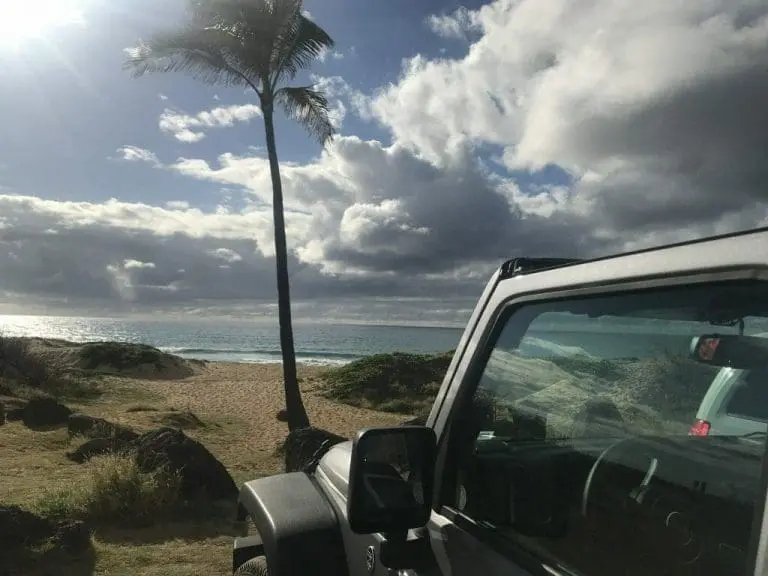
I really like your advice to try and find your “comfort zone” when you are operating an off-road vehicle, especially when you are in dangerous terrain. My wife and I are thinking of going off-roading for my son’s birthday, but neither of us has ever gone off-roading before. If I am driving, I will be sure to keep well within my comfort zone.
What if any tire gets punctured? Do you recommend always keeping at least 1 extra tire?
I take it foregranted on my Jeep that I have a 5th tire. If you drive other vehicles it is important to have an extra spare indeed. (and that you know you can rely on it, don’t let it be that almost destroyed tire with 3 plugs)
Thanks a bunch for sharing these tips, especially your “Rules of the Trail” section. I was not aware of several of those tips. I’m curious, have you ever had a run-in with any private property owners? If so, how did it turn out?
Many people take off-roading safety lightly! Love your tips!! Especially I agree with Buddy System — It can be a real-life saver man! – Chris